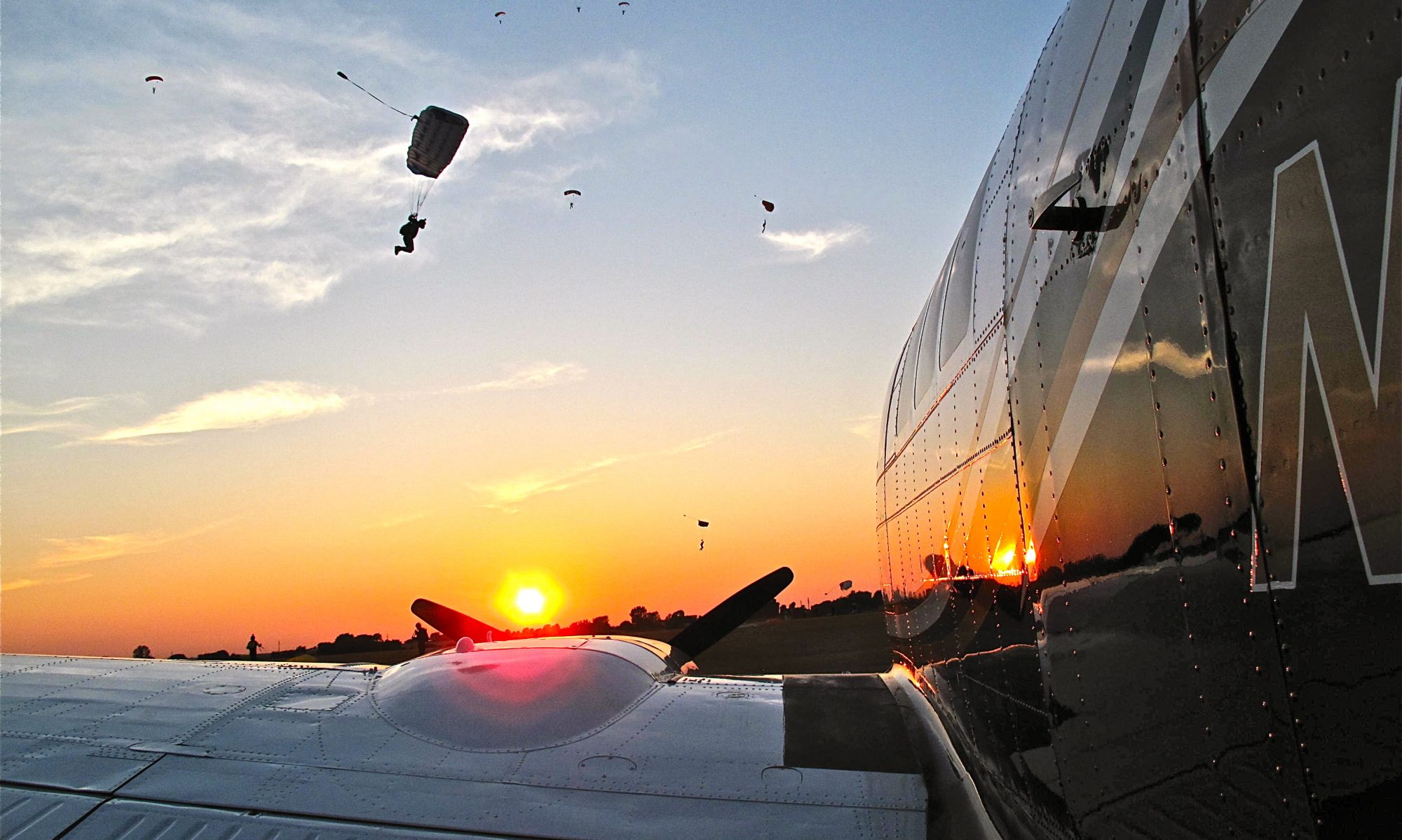I stumbled across this picture of my 1960 BE-65 Queen Air that someone took as I was leaving Oshkosh last year. I was pretty excited to find this because It’s the only photo I have of Black Betty in flight and seeing that I’m the only one who flies her this is the first time I’ve gotten to see what she looks like in the air! I think I’m in love all over again.






